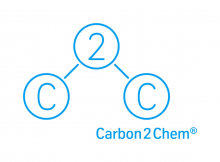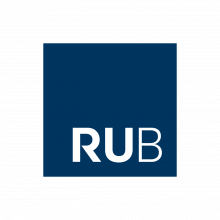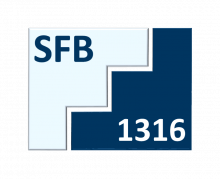The SFB-TR 87 combines the expertise in the areas of plasma physics / plasma technology, materials science / surface engineering and interfacial chemistry. On this basis, ternary or quaternary ceramic layer systems on metal substrates with outstanding tribological properties as well as silicon- or carbon-containing oxide layers with outstanding barrier properties on plastic substrates are being investigated. For this purpose, the latest, partially self-developed source technology is used and characterized with a very broad, complementary spectrum of quantitative, also partially newly developed plasma diagnostics and one-off single-particle beam experiments. The focus is on pulsed high-power plasmas, such as High Power Pulsed Magnetron Sputtering (HiPIMS) systems, multi-frequency capacitively coupled plasma (MFCCP) systems and pulsed and high-frequency bias-driven microwave (MW) microwave systems, and inductively coupled plasmas (ICP). In order to meet the above vision, the goal is to explore the relationships between material properties and plasma parameters, to quantify them and to use them for plasma control, layer development and in-situ layer control. In this way, the previously prevailing empirical approach is overcome and a physically and chemically based process understanding is developed.




